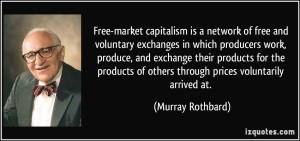submitted by jwithrow.
Click
here to get the Journal of a Wayward Philosopher by Email
Journal of a Wayward Philosopher
The Moral Value of Money
June 7, 2019
Hot Springs, VA
“No action can be virtuous unless it is freely chosen.” – Murray Rothbard
The S&P closed today’s trading session at $2,873. Gold closed at $1,345 per ounce. Crude Oil closed at $54.10 per barrel. The 10-year Treasury rate closed at 2.08%. Bitcoin is trading around $8,034 per BTC today.
Dear Journal,
Spring is in full bloom here in the mountains of Virginia.
The forest is green and lush. The wildflowers sprawl out, claiming their territory. The cardinals sing overhead… While the blue jays scrounge for sunflower seeds below. And the forest critters emerge, in search of a quick meal…

Yes, nothing brings perspective quite like spring in the mountains.
As you observe nature, you realize it doesn’t care much for your thoughts or plans. In fact, your plans look rather silly to it.
For example, we thought our bird feeders were just for birds. Nature didn’t care.

That’s because nature operates in survival mode. The only thing that matters is the next meal.
If the history books are to be trusted, humans once operated that way too. We hunted and gathered what we needed to survive… Often competing violently with other humans in the process.
Continue reading “The Moral Value of Money”


